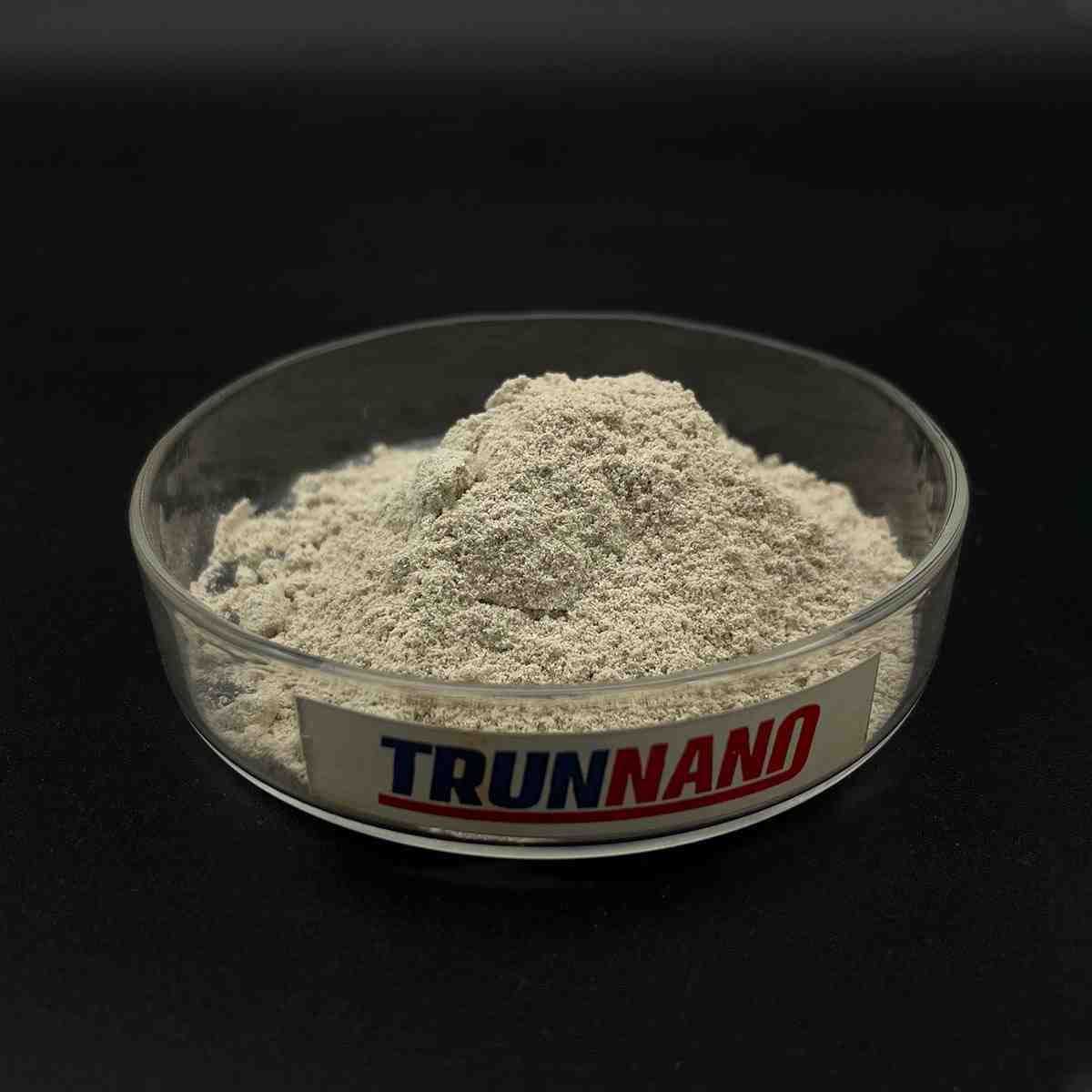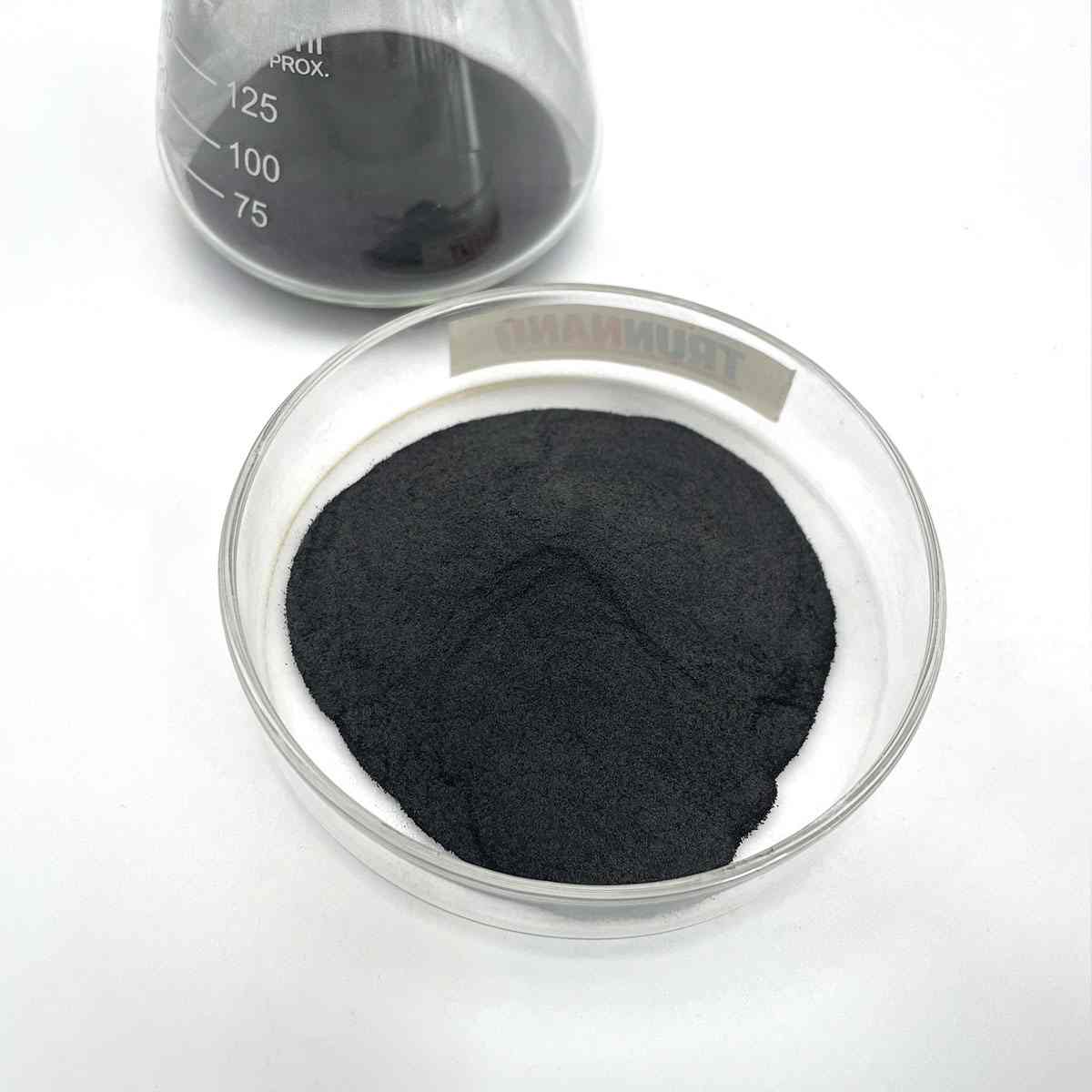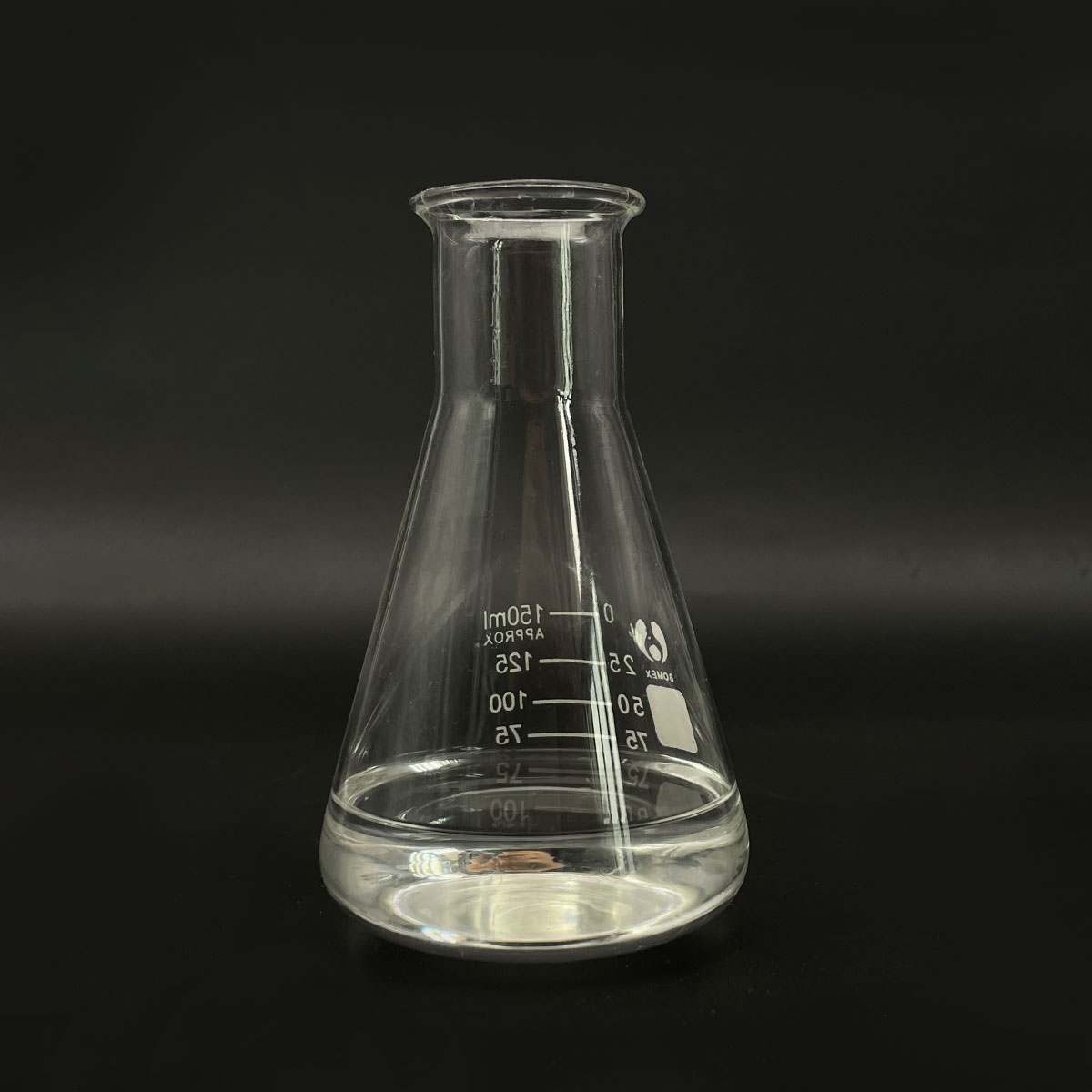Overview of 99.99% Bismuth Selenide powder Bi2Se3 Powder
Telluride and selenide compounds play a significant role in the field of semiconductors, particularly in the development of advanced electronic and optoelectronic devices. These materials belong to the chalcogenide family, characterized by their ability to form compounds with elements from groups IV-VI in the periodic table.
Tellurides: Compounds containing tellurium (Te) as the chalcogen. Examples include cadmium telluride (CdTe), mercury telluride (HgTe), and zinc telluride (ZnTe). These materials have found applications in solar cells, infrared detectors, and high-speed electronics due to their tunable bandgap, high electron mobility, and good thermal stability.
Selenides: Similar to tellurides, but with selenium (Se) replacing tellurium. Notable examples are cadmium selenide (CdSe), gallium selenide (GaSe), and zinc selenide (ZnSe). Selenide compounds are widely used in light-emitting diodes (LEDs), laser diodes, and solar cells due to their direct bandgap properties and efficient light absorption/emission capabilities.
Feature of 99.99% Bismuth Selenide powder Bi2Se3 Powder
Direct Bandgap: Many telluride and selenide semiconductors have direct bandgaps, which facilitate efficient light emission and absorption processes. This makes them suitable for optoelectronic applications such as LEDs and lasers.
Tunable Bandgap: The bandgap of these materials can be adjusted by alloying or altering the composition (e.g., CdSe to CdTe), enabling customization for specific device requirements across a wide spectrum of wavelengths.
High Electron Mobility: Materials like HgCdTe exhibit high electron mobility, which is crucial for high-speed electronic devices and low-noise detector applications.
Thermal Stability: Some tellurides and selenides, like ZnTe and ZnSe, demonstrate good thermal stability, making them suitable for high-temperature operation and processing.
Non-Toxic Alternatives: With increasing environmental concerns, there’s a push towards exploring less toxic alternatives to commonly used semiconductors. For instance, Cd-based tellurides and selenides are being replaced or combined with less toxic elements like Mg or Mn in some applications.

(99.99% Bismuth Selenide powder Bi2Se3 Powder )
Parameters of 99.99% Bismuth Selenide powder Bi2Se3 Powder
Bismuth Selenide (Bi2Se3), also known as Bismuth Telluride, is a fascinating material in the realm of inorganic semiconductors and optoelectronics. With its chemical formula consisting of two atoms of bismuth (Bi) bonded to three selenium (Se) atoms, Bi2Se3 forms a unique crystal structure that exhibits exceptional properties.
The powder form of this compound, often referred to as 99.99% pure Bi2Se3 powder, is highly sought after due to its extraordinary high purity level. This indicates that the product contains less than 0.01% impurities, making it an ideal choice for applications where purity is paramount. The high purity ensures minimal contamination and consistent performance across various industrial processes.
One of the key features of Bi2Se3 powder is its layered structure, which consists of quintuple layers stacked on top of each other. These layers have a strong van der Waals interaction, giving rise to a remarkable electronic bandgap. This unique band structure makes Bi2Se3 a potential candidate for topological insulators, materials that have insulating bulk states but conductive surface states, a property with significant implications for spintronics and quantum computing.
In terms of physical properties, Bi2Se3 is a semiconductor with a moderate bandgap, typically ranging from 0.2 to 0.3 eV. This bandgap allows for tunability through doping or strain, making it adaptable to various electronic devices. The thermal stability of the material is another advantage, as it maintains its integrity over a wide temperature range, from cryogenic to elevated temperatures.
The optical properties of Bi2Se3 powder are equally impressive. It exhibits strong absorption in the infrared region, which can be harnessed for photodetection and solar cell applications. Additionally, the material displays a strong Raman scattering response, enabling its use in vibrational spectroscopy research.
In the field of thin film technology, Bi2Se3 is used to fabricate high-quality films for applications like transparent conducting oxides, touchscreens, and even flexible electronics. Its compatibility with various deposition techniques, such as molecular beam epitaxy (MBE) and chemical vapor deposition (CVD), allows for precise control over film thickness and quality.
Moreover, Bi2Se3 has garnered attention in the field of thermoelectricity due to its relatively high figure of merit (ZT). This parameter measures the efficiency of converting heat into electricity, and Bi2Se3’s enhanced thermoelectric performance makes it a promising candidate for waste heat recovery and power generation systems.
In conclusion, the 99.99% Bismuth Selenide (Bi2Se3) powder is a versatile material with exceptional properties that make it an essential component in various scientific and technological advancements. Its high purity, unique layered structure, tunable bandgap, and intriguing optical and thermoelectric properties open up numerous possibilities for applications in optoelectronics, spintronics, and energy conversion. As research continues to uncover new uses for this material, the demand for high-purity Bi2Se3 powder is likely to grow in the coming years.

(99.99% Bismuth Selenide powder Bi2Se3 Powder )
FAQ of Semiconductor Materials
Inquiry us






